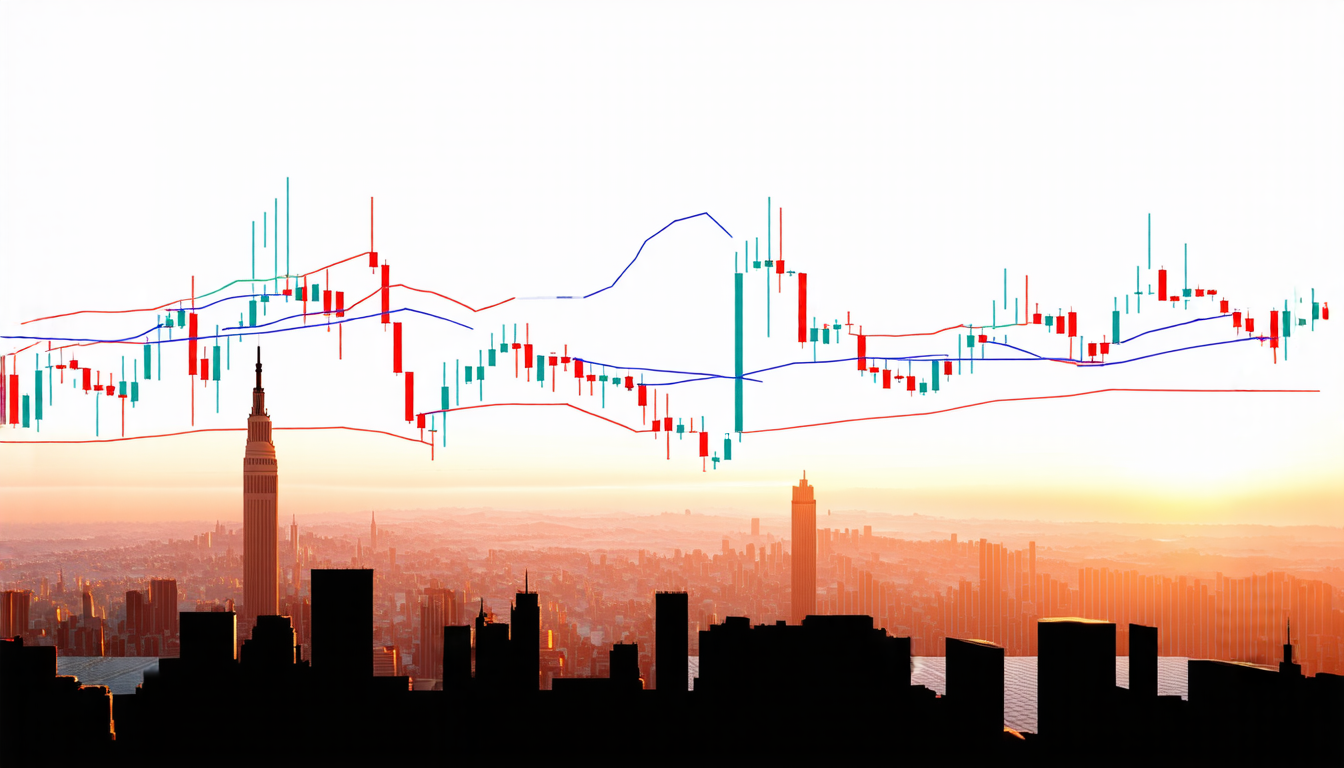Monday 24 March 2025
The world of finance is complex and ever-changing, with market fluctuations that can be difficult to predict. One key aspect of this complexity is the behavior of limit order books (LOBs), which are used by traders to buy and sell securities. Understanding how LOBs work and how they impact financial markets is crucial for making informed investment decisions.
Recently, a team of researchers has made significant progress in developing artificial intelligence models that can simulate real-world LOB data. These models, known as generative adversarial networks (GANs), are capable of generating realistic sequences of LOB states, including buy and sell orders, bid and ask prices, and other relevant information.
The researchers used a dataset of actual LOB data from the New York Stock Exchange to train their GAN model. They then tested the model by generating new sequences of LOB data and comparing them to real-world data. The results were impressive: the generated data was remarkably similar to the real data, with errors that were barely detectable.
But why is this important? By being able to generate realistic LOB data, researchers can use these models to test and evaluate different financial strategies and algorithms. This can help investors make better decisions about which stocks to buy or sell, and how much to invest in each one.
The team’s research also has implications for the development of more sophisticated trading systems. By using GANs to generate realistic LOB data, researchers can create more accurate simulations of financial markets, which can be used to test new trading strategies before they are implemented in real-world markets.
In addition to its practical applications, this research also sheds light on the complex dynamics of financial markets. The team’s findings suggest that the behavior of LOBs is influenced by a wide range of factors, including market volatility, trading volume, and even the time of day.
The researchers used a variety of statistical techniques to analyze their data and understand how different variables impact the behavior of LOBs. They found that the spread between bid and ask prices, for example, was higher early in the day than later on, suggesting that there may be more uncertainty or volatility during certain times of the day.
Similarly, they found that the volume of trading was higher when the market was more volatile, which makes sense given that investors are more likely to buy and sell securities when prices are changing rapidly. They also discovered that the behavior of LOBs varied depending on the specific stock being traded, with some stocks exhibiting more volatility than others.
Cite this article: “Artificial Intelligence Models Simulate Limit Order Book Data to Improve Financial Market Predictions”, The Science Archive, 2025.
Finance, Artificial Intelligence, Limit Order Books, Generative Adversarial Networks, New York Stock Exchange, Financial Markets, Trading Strategies, Market Volatility, Trading Volume, Statistical Analysis







